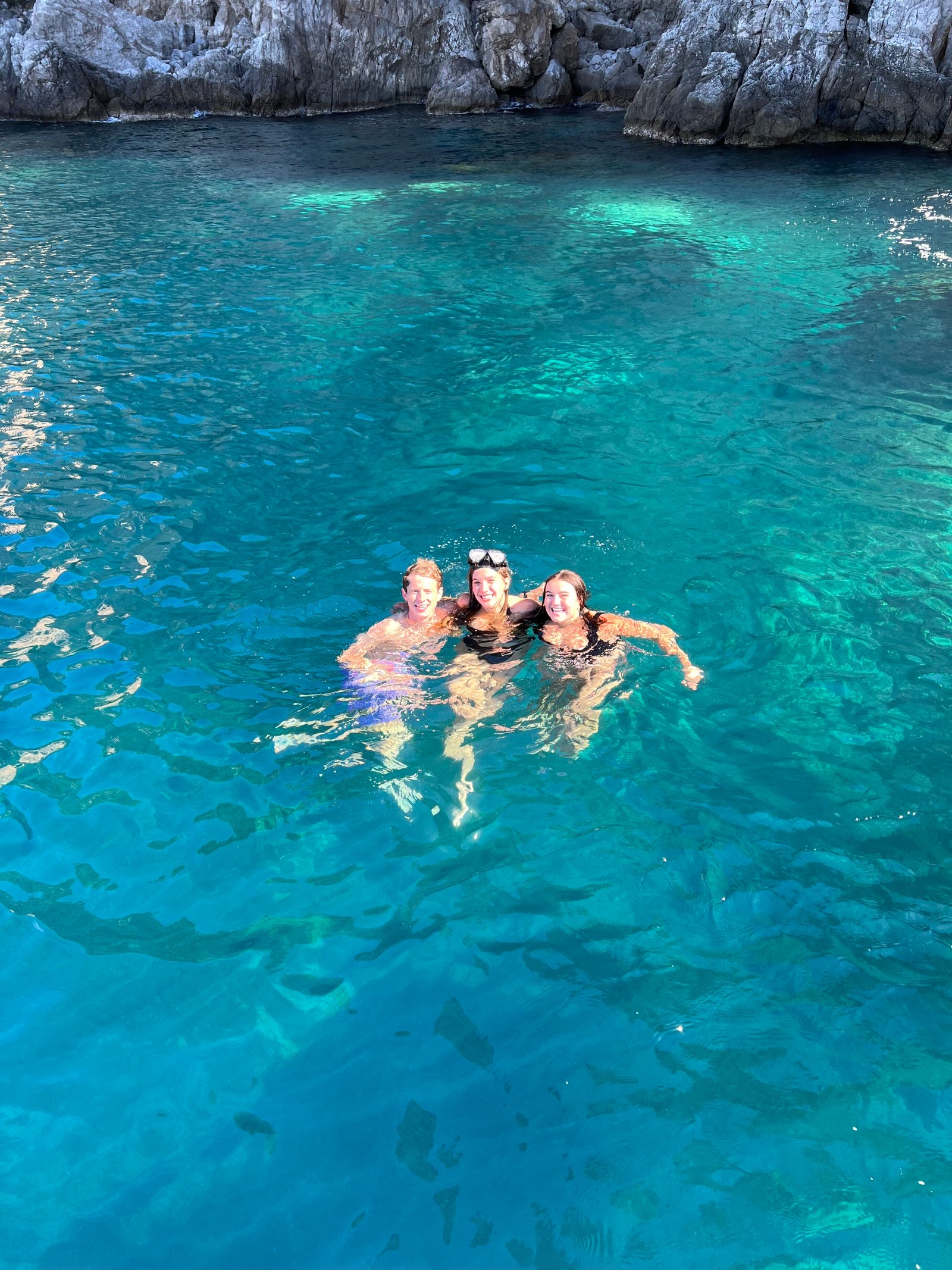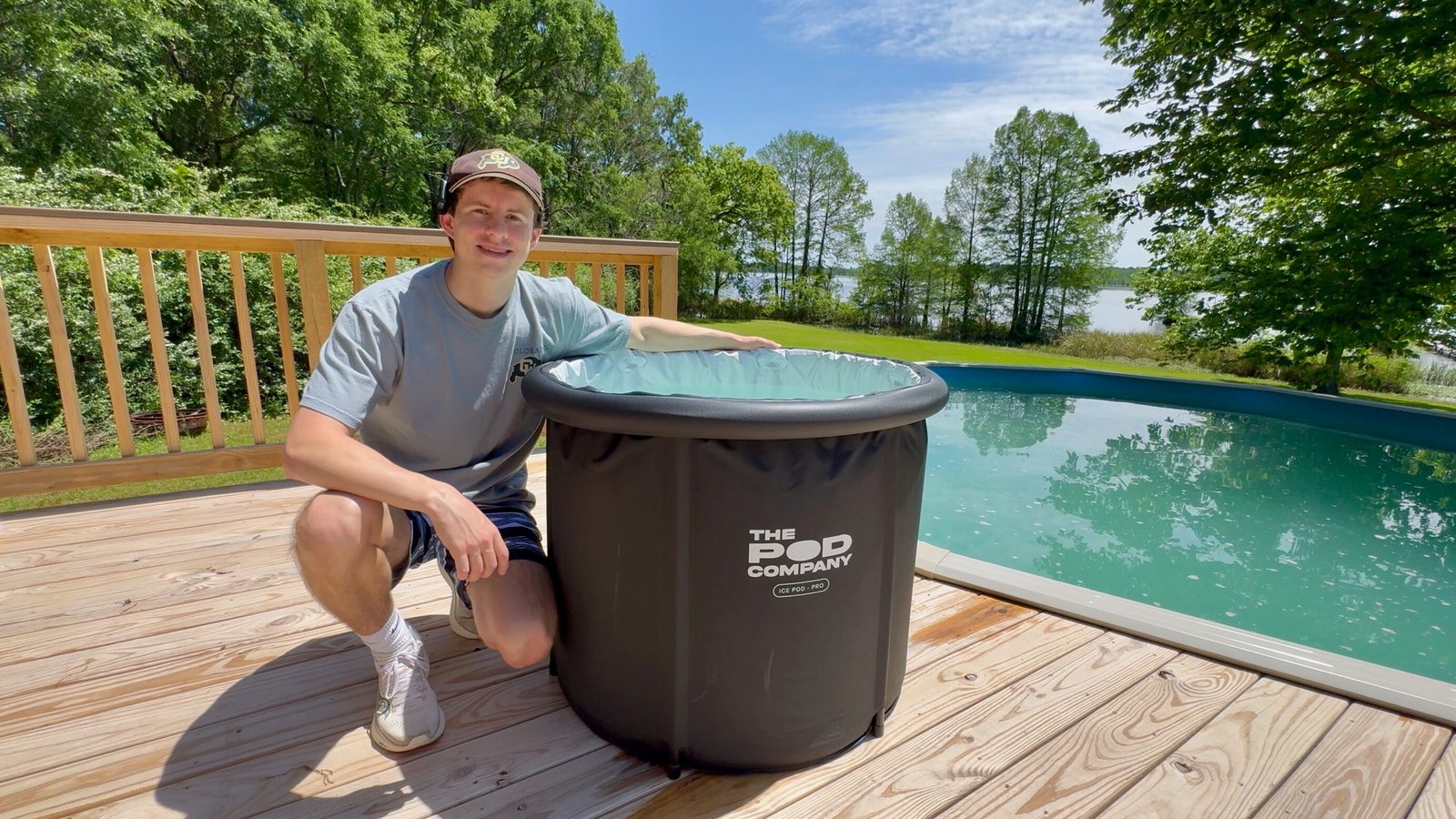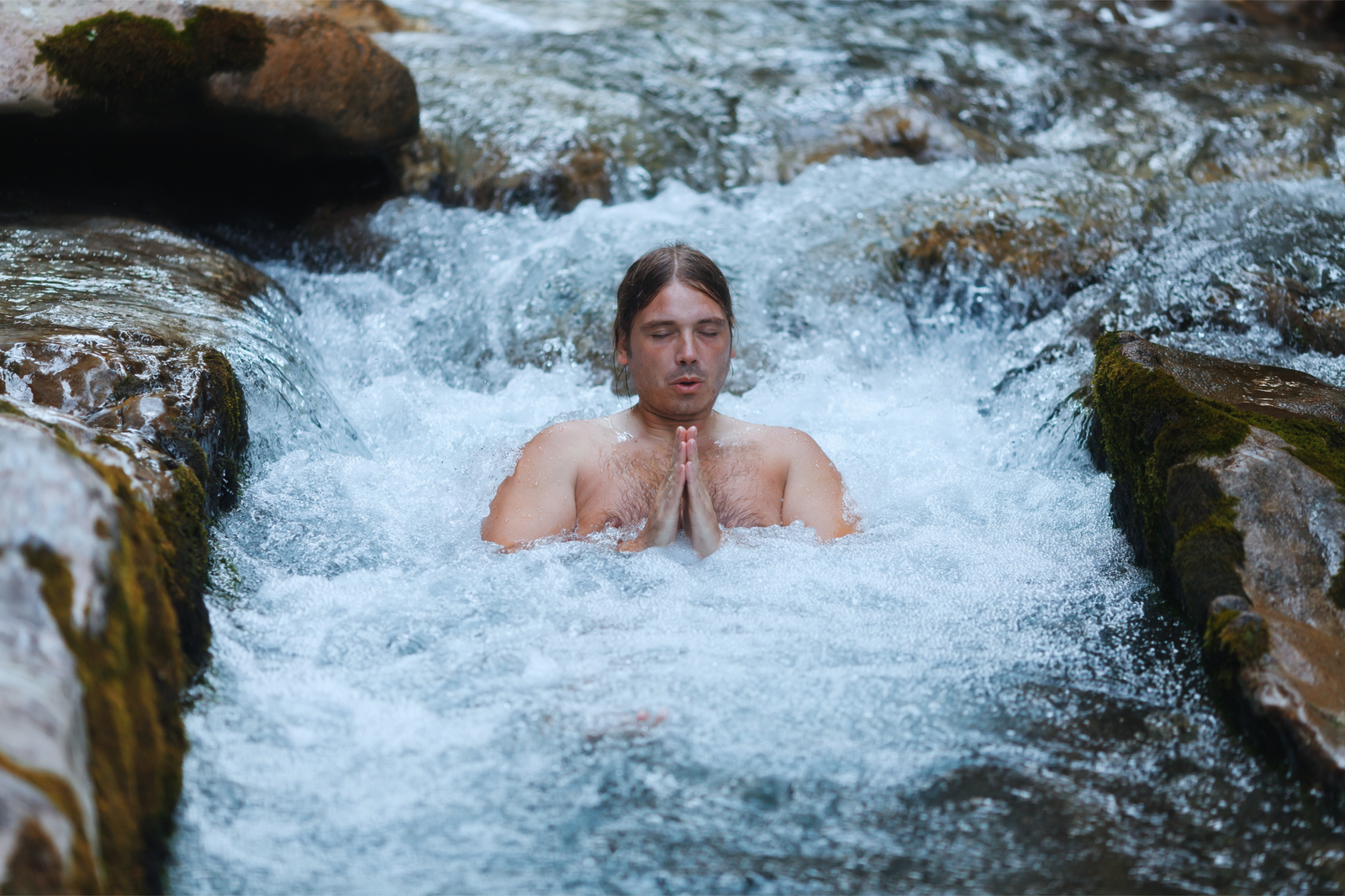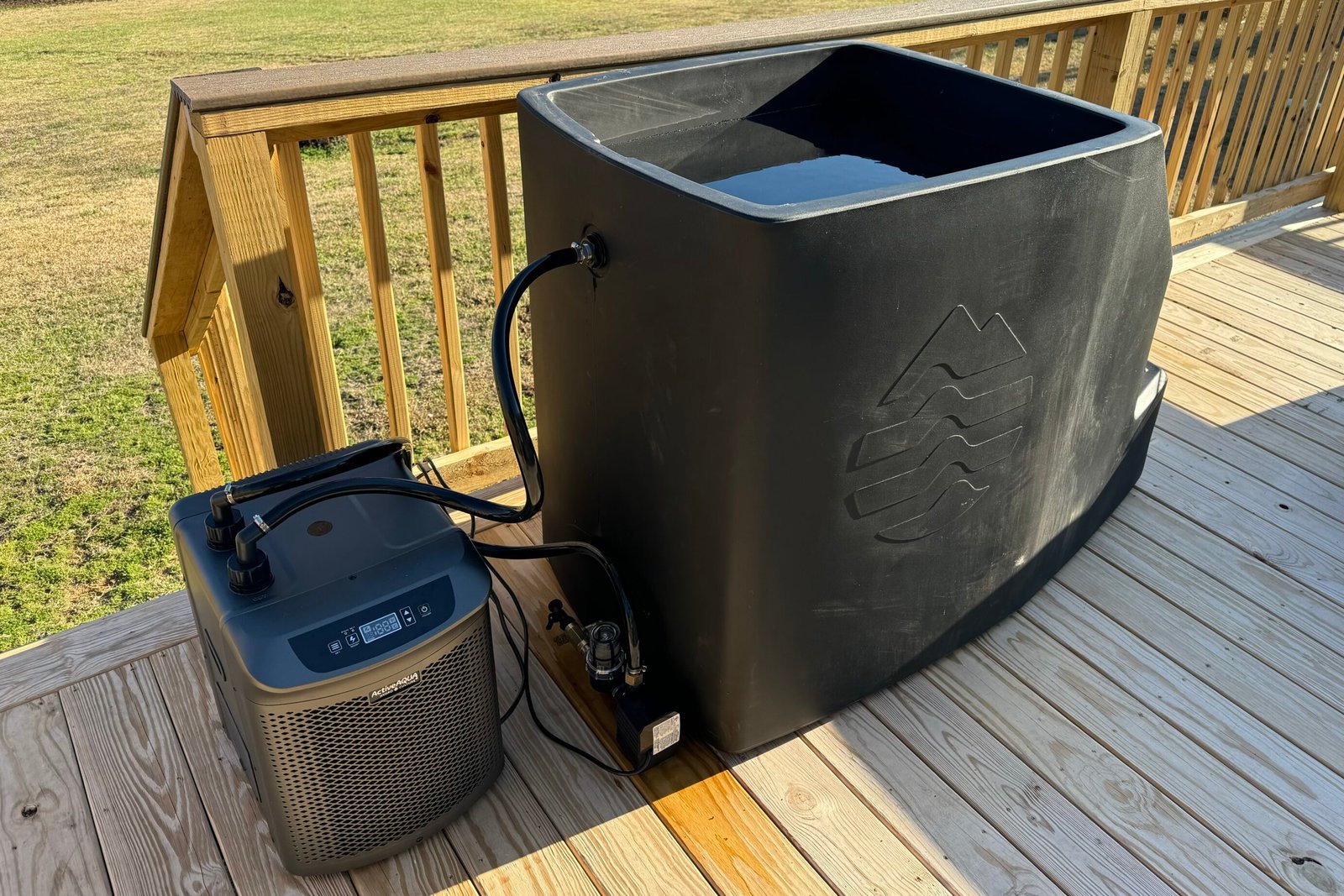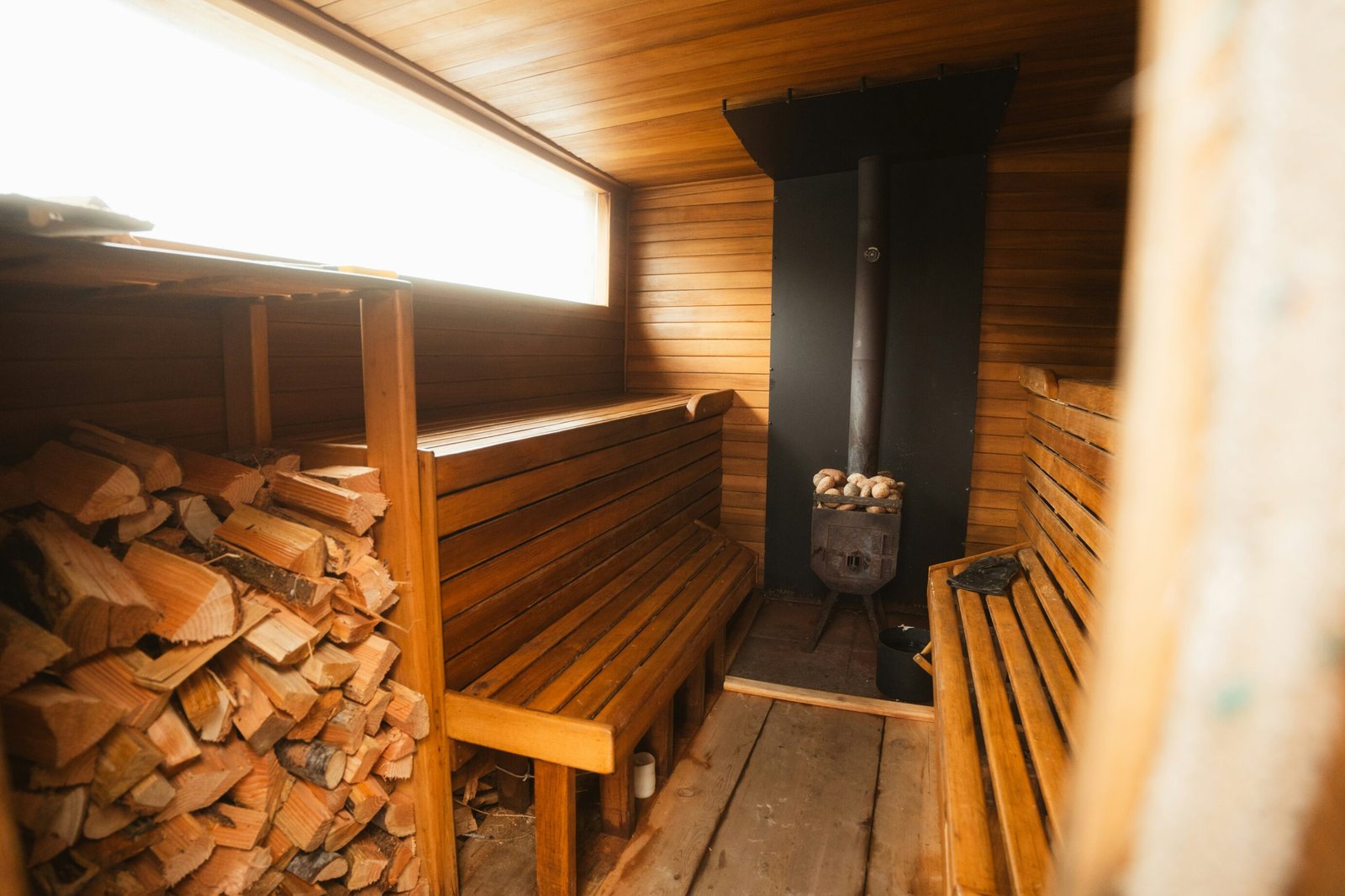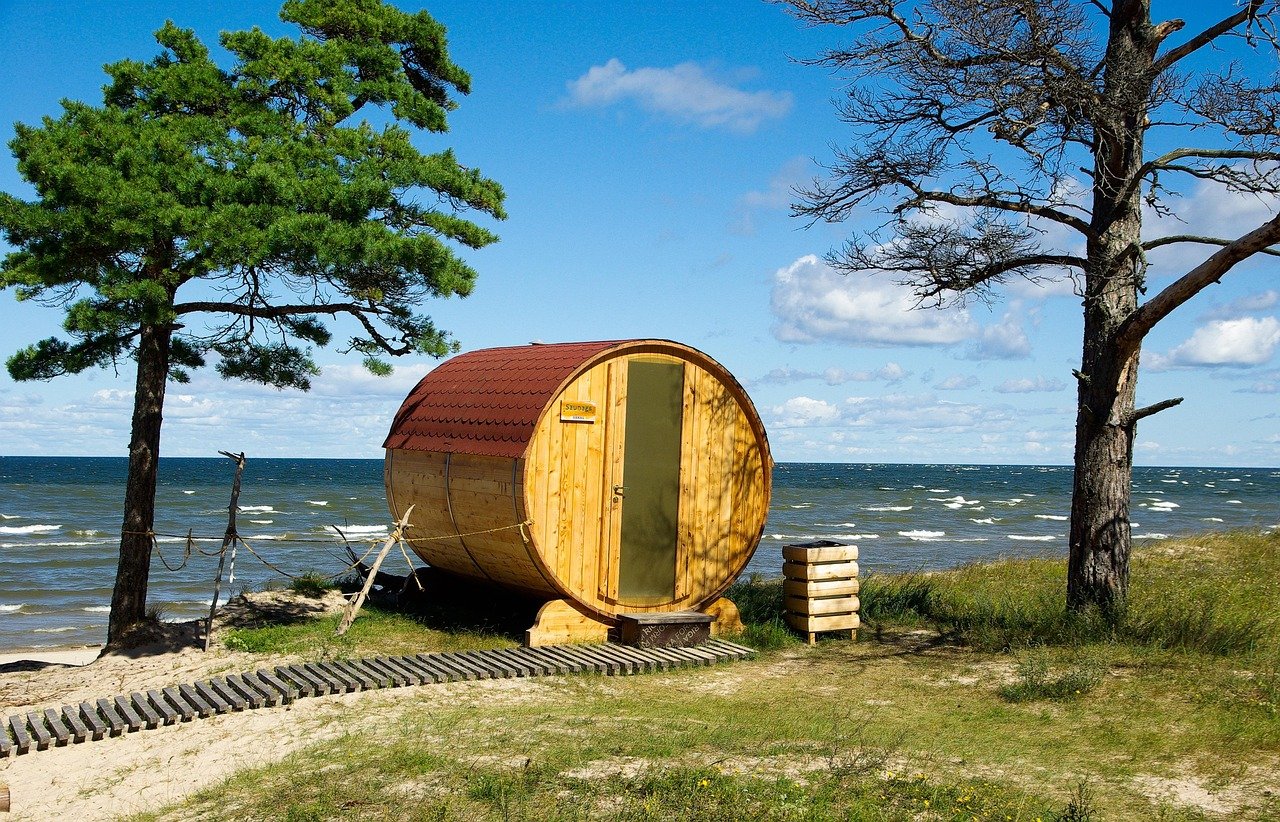Understanding Cold Water Shock: What You Need to Know

Picture this: It’s January, and I’m standing at the edge of a freezing creek, the air so cold it stings. I take a breath and jump in, and within seconds, my body is in full-blown panic mode—heart pounding, breath gone, muscles locked up tight. That was my first real encounter with cold water shock, and it hit me harder than I ever expected.
If you’re into cold plunging, understanding cold water shock is vital to your safety.
Whether you’re looking to speed up recovery, sharpen your mental edge, or push your limits, knowing how to handle your body’s reaction to extreme cold can be the key to staying safe and getting the most out of the experience.
What is Cold Water Shock?
Cold water shock is your body’s intense, overwhelming response when suddenly submerged in freezing water.
Your heart rate spikes, your breathing becomes erratic, and if you’re not careful, panic can set in, making it hard to control even the simplest movements.
I remember jumping into the creek and within a second, my body went into fight-or-flight mode. My mind shut off, my instincts took over, and I immediately got out of the water. My body reacted faster than my mind could process.
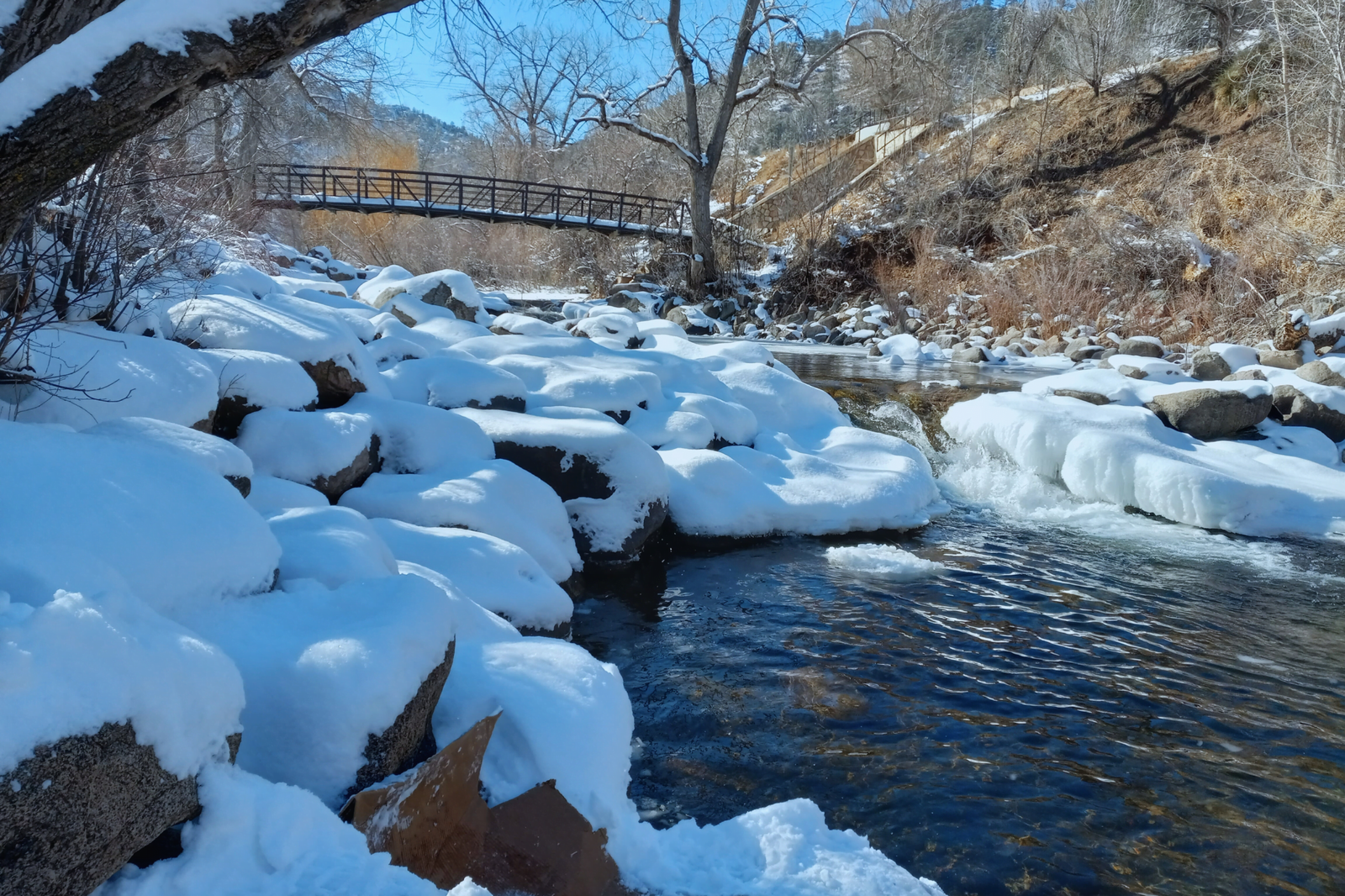
How does the body respond?
When cold water shock hits, your body responds with an intense reaction. First, your breathing becomes rapid and uncontrolled, often leading to hyperventilation. Simultaneously, your heart rate increases dramatically and blood pressure spikes.
This sudden physiological stress can be dangerous. The shock may cause disorientation and confusion as your body tries to process what’s happening. In severe cases, the intense cardiac response might increase the risk of cardiac arrest, especially in those with underlying heart conditions.
As exposure continues, muscle function may begin to deteriorate. Your body’s core temperature drops, which can seriously impair both physical abilities and mental clarity.
The progression from initial shock to potential physical dysfunction happens more quickly than many people realize.
My experience with cold water shock
While at the Blue Caves in Croatia, I dove off a boat without a wetsuit and the cold water hit me like a ton of bricks. My breath was gone, my muscles stiffened up, and for a moment, I wasn’t sure I could even swim.
I could barely talk because my mouth was so cold that my lips couldn’t move properly. The best way I can describe it is that it felt like I was being frozen alive and compressed at the same time.
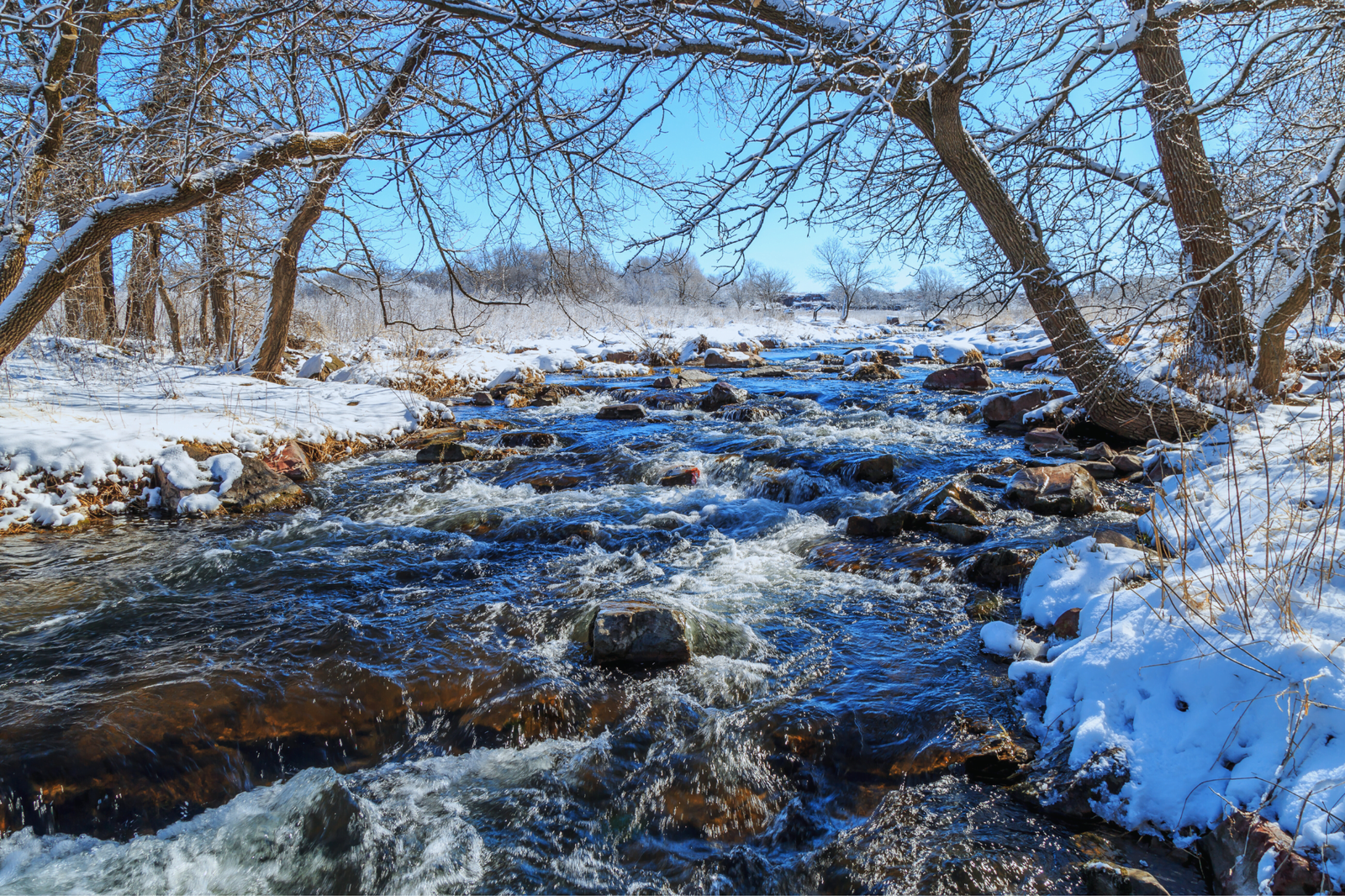
Intensity
Several factors influence the intensity of cold water shock.
- Temperature – The colder it is, the more intense the shock.
- Duration –The longer you’re exposed, the more intense the shock.
- Personal factors – Age, body fat percentage, cold tolerance, and other factors play a role in how intense the cold water is. For example, since I have very little fat on my feet and hands, they never acclimate like the rest of my body. Those areas feel colder, no matter how used to the cold I get.
Safety
Gradual exposure using a water chiller is key. Start by easing in before fully immersing yourself. Knowing how to properly breathe while in cold water is also extremely important.
It’s also important not to go alone, especially when starting. Having someone nearby can make all the difference if something goes wrong, and it can also take your mind off of the cold.
When to Seek Help
If you experience extreme dizziness, confusion, or a significant drop in body temperature that doesn’t improve once you’re out of the water, it’s time to get medical attention. Don’t push through if your body is telling you something’s wrong.
Listen to your body and understand your limits. Cold exposure can be beneficial, but it’s not worth risking your health.
Conclusion
Understanding cold water shock demands both respect and preparation. From Boulder Creek to Croatia’s Blue Caves, I’ve learned firsthand how thin the line is between invigorating and dangerous.
Your body can adapt to cold, but it needs time and proper training. Understanding your physiological responses and building tolerance gradually transforms what feels threatening into a tool for resilience.
Cold exposure isn’t about proving toughness, it’s about working with your body, not against it. With knowledge and practice, you’ll learn not just to endure the shock, but to thrive in it.
Have you experienced cold water shock before? Tell me about it in the comments below!
FAQs
Medical Disclaimer
The information contained in this post is for informational and educational purposes only. It is not intended to provide medical advice or to take the place of such advice or treatment from a personal physician. All readers/viewers of this content are advised to consult their doctors or qualified health professionals regarding specific health questions or before embarking on any new health or wellness routine, including saunas and cold plunging. Neither the author(s) nor the publisher of this content take responsibility for possible health consequences of any person or persons reading or following the information in this educational content. All viewers of this content, especially those taking prescription or over-the-counter medications, should consult their physicians before beginning any cold plunging routine or other health or wellness program.



